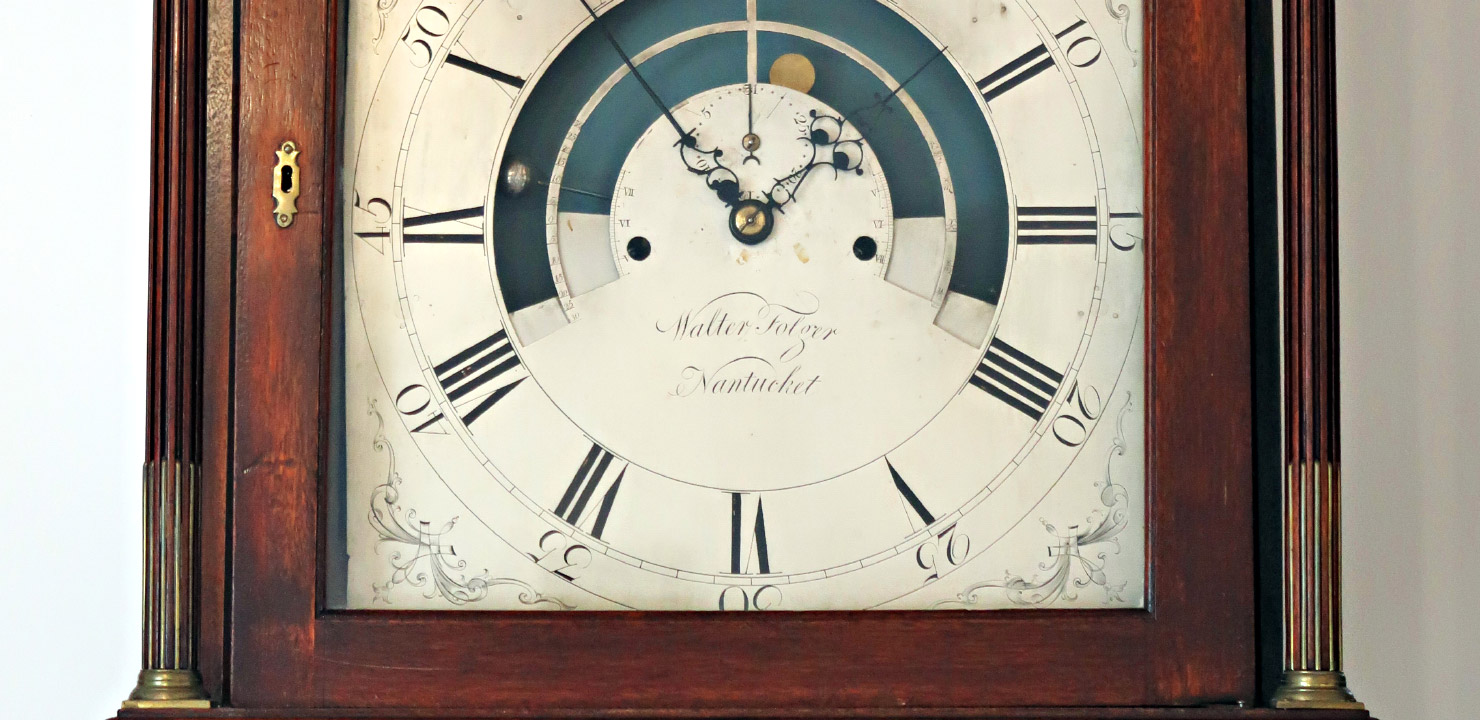
Clock Face Curiosity: The Numeral IIII
January 2021 :
Have you noticed there’s always things around you that you “see” but you might not see? One of these was recently sent to me, a question on why some old-time clocks sometimes have four listed as “IV,” while others are inscribed as “IIII.” It may not be the most burning question with respect to timekeeping, but, in a room where especially a grandfather clock might reside, it might have you looking twice to observe.
Apparently, in earlier times, the IV actually was another way to spell the Roman god Jupiter – IVPPITER, and, let’s face it, who would want to demean the king of the gods with a part of his name on a clock? Hence, the IIII designation.
However, in later times, another possibility was born: the IV for some early peoples might have become a problem for them in determining the subtractive property of a one from a five; also, it’s possible many might have often confused the IV (4) with VI (6), even though they are situated at differing positions on a clock face. Add to that, the possibility that rulers such as Louis XIV was very comfortable with himself, and believed he was more worthy of the IV. He couldn’t imagine himself as XIIII, so having his numeral was too formal for a clock.
Surprisingly, the clockmakers also determined that the four Is gave a nice form of symmetry to a face; by putting them, the clock now began with I, II, III, and IIII. Next were four numbers containing “V”: V, VI, VII, and VIII. Finally, the last four would then contain “X”: IX, X, XI, and XII.
Of course, the form of Roman Numerals on a clock doesn’t carry the importance today, as much of our timepieces are digital; still, when you do find yourself staring at an old clock, check out the numbers, and be thankful we don’t have to worry about IVPPITER bothering us anymore.
The Walter Folger Astronomical Clock (1790) in Nantucket. The clock face is typical of those that use Roman numerals in that the "4" is depicted as "IIII" rather than "IV".



